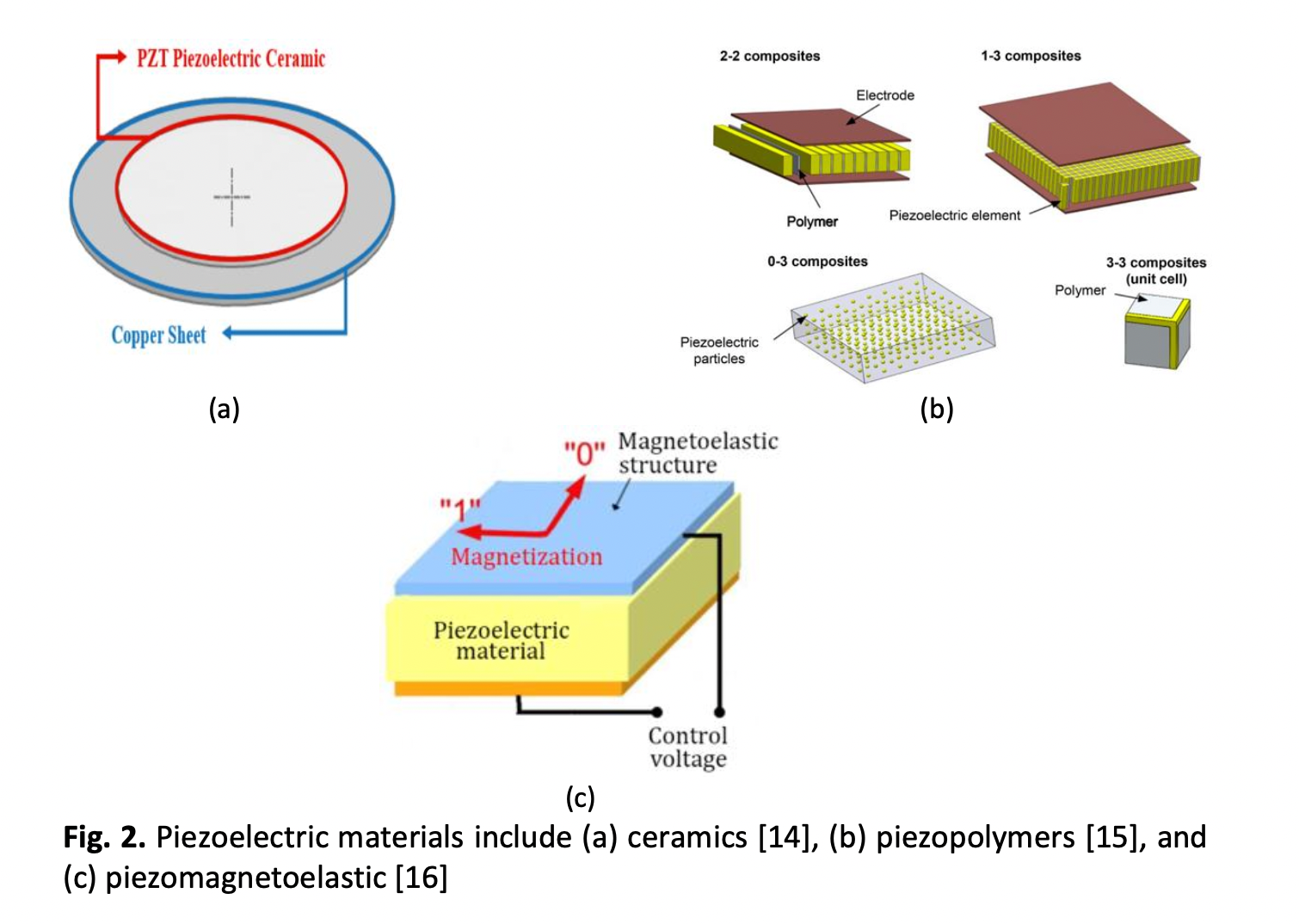The Cutting Edge of Vibration Energy Harvesting Technology
DOI:
https://doi.org/10.37934/araset.30.1.168184Keywords:
Vibration Harvesting, Waste Energy, Renewable energy, Piezoelectric, ElectromagneticAbstract
Energy harvesting has been around for more than a decade, with continual research tackling the issues of charging and powering up electronic gadgets. Because of its multiple advantages, such as greater mobility and a longer lifespan, the notion of energy harvesting has acquired broad popularity. Researchers are investigating methods to harness the energy created by vibrations from various materials and transducers as part of the energy conservation movement. This paper examines major advancements in vibration energy collecting during the last 15 years. It focuses on the many processes used to collect vibration energy, such as piezoelectric, electromagnetic, electrostatic generators, and MEMs techniques, as well as power management circuits, to enhance various elements of vibration energy harvesting devices from diverse sources. While the research on vibration energy harvesting has grown significantly, this work summarises significant achievements in the subject over the last 15 years and updates prior review publications.





























